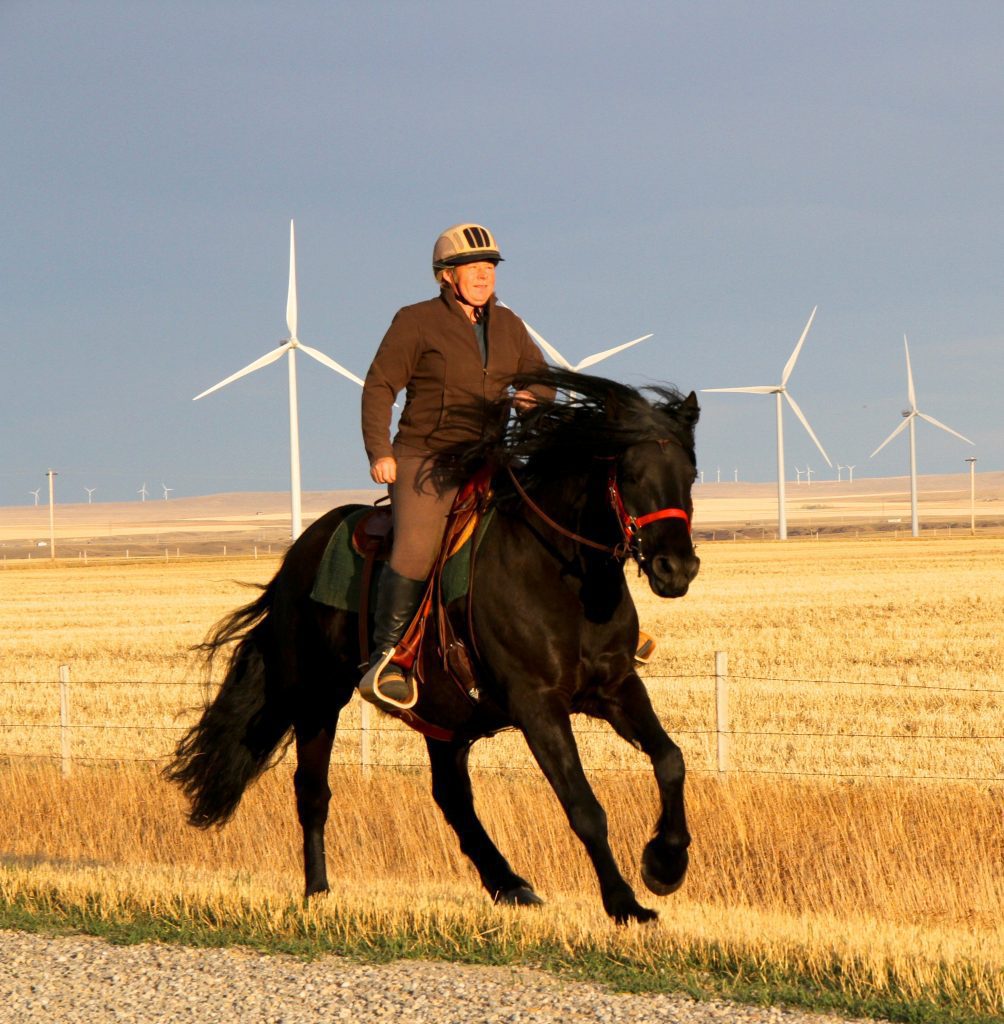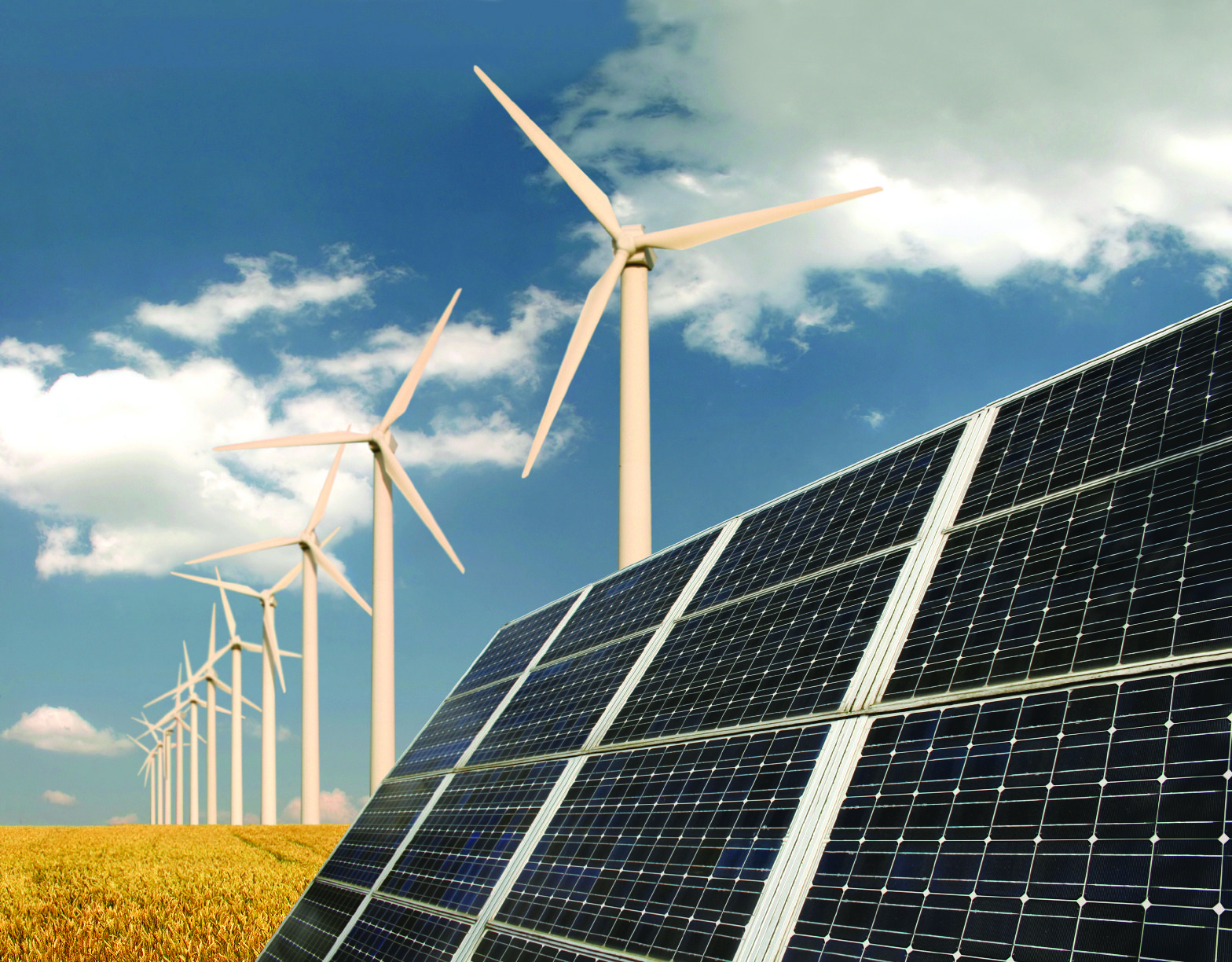The world is moving away from fossil fuels. With renewable energy, like solar and wind, becoming cheaper and easier to scale up, there has never been a better moment for governments to transition away from the fossil fuel industry and its destructive impacts on the environment, the climate and communities.
Canada has an opportunity and a responsibility to take a leading role in the global clean energy transition and it starts with the upcoming Energy Futures report from the Canada Energy Regulator (CER).
If you haven’t heard of the CER, you are not alone. The CER is a federal regulatory agency that reviews energy development projects and shares energy information, releases an annual report Energy Futures that projects what Canada’s production and use of coal, oil, gas, and renewable energy will be between now and 2050.
Up until now, the CER has only modelled scenarios about future energy use that are not aligned with a 1.5°C pathway. In short, past Energy Futures have modelled climate failure. However, this year’s edition of Energy Futures could prove to be very different.
In 2021, Minister of Natural Resources Johnathan Wilkinson shared a directive with the CER to include modelling in the next edition of Energy Futures that is aligned with Canada’s commitment to achieve net-zero by 2050. This edition of Energy Futures is set to be released in late spring 2023. Although this is a positive step, the CER needs to ensure that the net-zero modelling is done correctly.
 Why is this important?
Why is this important?
For the first time ever, the CER will develop a scenario that models how Canada can meet its climate goals and work towards a pathway that is aligned with keeping global temperatures to below 1.5 degrees. This is a crucial step, as the findings in the Energy Futures reports are used by Canadian governments and businesses to make decisions around their operations: governments use the scenarios put forward by the CER to make public policy decisions, and businesses use it to guide their investments and justify their current and new projects.
The CER’s upcoming net-zero aligned scenario comes at an opportune time. In October 2022, the International Energy Agency (IEA) modelled global energy scenarios that show demand for all fossil fuels – including so called natural gas – is going to plateau or decline in the coming years. In the Canadian context, this means that the CER needs to prioritize the development of a scenario that moves Canada away from fossil fuels and towards renewable energy at the pace and scale needed to meet Canada’s climate goals.

What we need to see in the Energy Futures report?
To ensure that the CER’s new net-zero scenario offers a suitable pathway that is aligned with the goals of the Paris Agreement, it must include the following principles:
- Alignment with 1.5 degrees’ pathway: The CER’s net-zero scenario must follow the lead of IEA reports and clearly state that there is no more room for fossil fuel expansion. To ensure that we have a chance at keeping global average temperatures below 1.5 degrees Celsius, all nations need to begin a rapid phase out of fossil fuels and Canada must also do its part.
- Based on Canada’s fair-share target of emissions reductions: As a wealthy and a high-emitting country, Canada has an increased responsibility to reduce emissions. Analysis from Climate Action Network shows that Canada’s fair share of domestic emissions reduction target is 60 per cent by 2030 across all sectors. The net-zero scenario in the upcoming Energy Futures report must reference this target.
- Avoid reliance on speculative technologies: Carbon capture, utilization and storage (CCUS) is being touted by the oil and gas companies as a way to capture emissions released through their operations and store them underground. Despite the claims by the industry, CCUS is neither economically sound nor proven at scale and has a terrible track record of failure and underperformance. After the billions of dollars already spent by governments globally on CCUS, studies show that the technology has failed to reduce emissions. Instead of relying on dubious technology such as CCUS, the CER should prioritize transitioning to sources of renewable energy, such as wind and solar, in its net-zero scenario.
- Include government’s current commitments and policies that are under development: The Government of Canada has made numerous commitments to implement policies that allow Canada to stay aligned with a climate-safe future. The CER’s net-zero scenario should include current commitments and policies that are still being designed, including the Oil and Gas Emissions Cap and the Clean Electricity Regulation, to demonstrate how these policies support Canada’s current emissions reduction plan, as well as outline how far Canada still needs to go.
- Include all emissions from production and use of oil and gas: To ensure that the net-zero scenario paints an accurate picture of Canada’s emissions, it must include all emissions from the production and use of fossil fuels. The vast majority, 80-85 per cent, of emissions from oil and gas are released during the combustion of fossil fuels. As a result, Canada’s exported fossil fuels emit more greenhouse gases (954 million tonnes) than all of Canada’s domestic emissions (730 million tonnes). These exported emissions should also be taken into account in the net-zero scenario.
- Uphold Indigenous rights: CER’s net-zero modelling should be based on collaboration with Indigenous nations and communities to develop energy information that is useful to and informed by Indigenous Peoples.
- Prioritize the well-being of people: The CER should adopt a precautionary framework for its 1.5°C scenario that prioritizes the well-being of people, not oil and gas companies. CER’s net-zero scenario should advance a just transition for all stakeholders and rights holders affected (workers, communities, local and Indigenous governments).
Getting it right matters
With the upcoming Energy Futures report, the CER not only has an opportunity to model a credible, 1.5°C aligned pathway that allows Canada to meet its climate commitments. The CER also has an obligation to do this.. The Government of Canada has made many promises to implement strong climate action – but without a strong pathway, it becomes nearly impossible. The net-zero model, if it is based on the principles highlighted above, could provide both the public and private sectors with the information they need to transition off of fossil fuels and on to renewable sources of clean energy.
It’s time for Canada to stand up to Big Oil do more to reduce oil and gas pollution!






 Why is this important?
Why is this important? 



